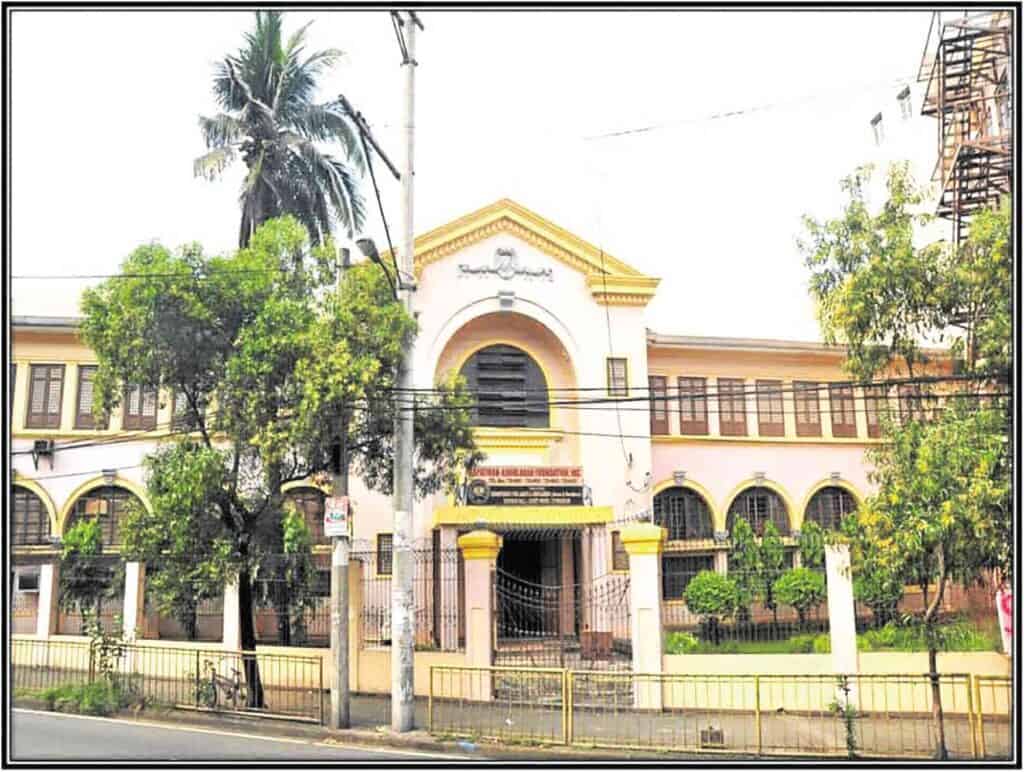
If you’ve lived in student housing at least once in your life, chances are, you’ve heard some horror stories about it.
Missing valuables, dirty accommodations, and even ghostly sightings—numerous challenges can arise in dormitories. Yet once in a while, there are those that stand out, offering unique and pleasant experiences. While only prayer can save you from an awful roommate, you can take your pick from any of these interesting places to stay at, if you’re a student.
Housing with a heart
Located in Sampaloc Street, Manila, the KKFI Dormitory caters to students and young professionals. Due to its proximity to the University Belt area in Manila, the dorm is ideal for college pupils, board exam reviewees, and transients.
While on the outside it seems like your typical residence, it is made unique due to the nature of its operations. One hundred percent of its income benefits the charity works of the Kapatiran Kaunlaran Foundation Inc. (KKFI), which manages the dormitory and also serves as the social development arm of the United Methodist Church.
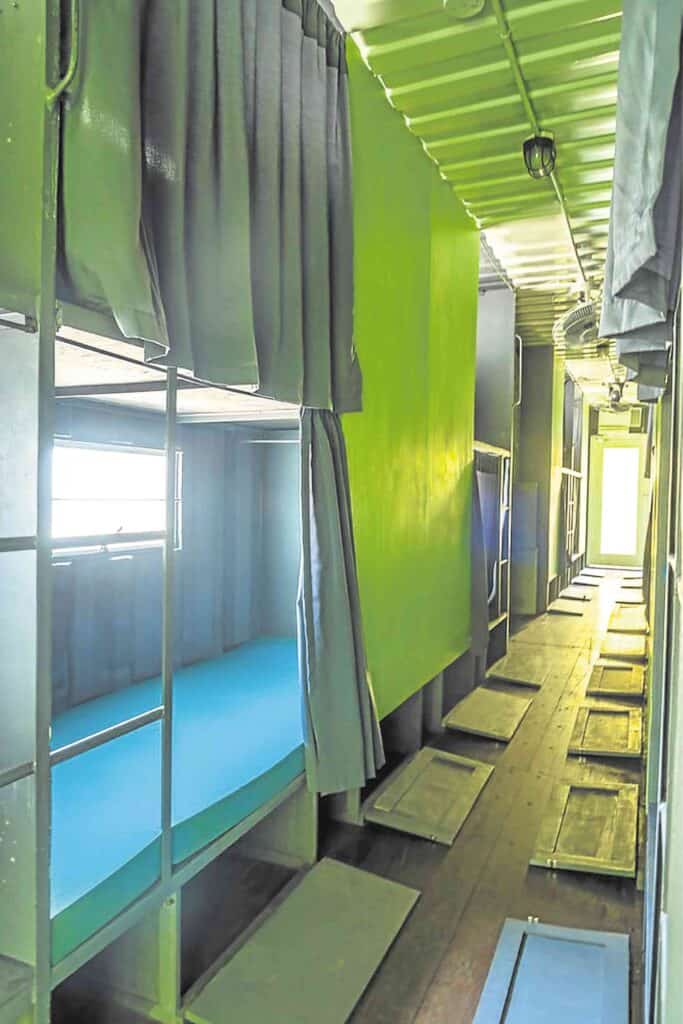
Originally, the KFFI Dormitory was an exclusive female residence. It was built by Madeleine Klepper, an American Missionary of the Methodist Episcopal Church, after World War II. To align the residence with her religious goals, Klepper hosted community activities alongside dormitory services. While one may see students studying in one part of the premises, one would also see other areas catering to the needs of young children, mothers, or the unemployed.
Today, the KFFI premises offered various dormitory halls which are all aligned to the religious thrust of its founder. It features an airconditioned library, a canteen, and a K-Hub where residents can hang out and play the piano. The dormitory also hosts community activities like Christmas Party, acquaintance party, and pray-over sessions for board exam takers.
With its numerous facilities and charity ventures, the KKFI Dormitory is a place where one can prepare for his or her future and help others in the process. It is a residence where one can hone education, relationships and spirit.
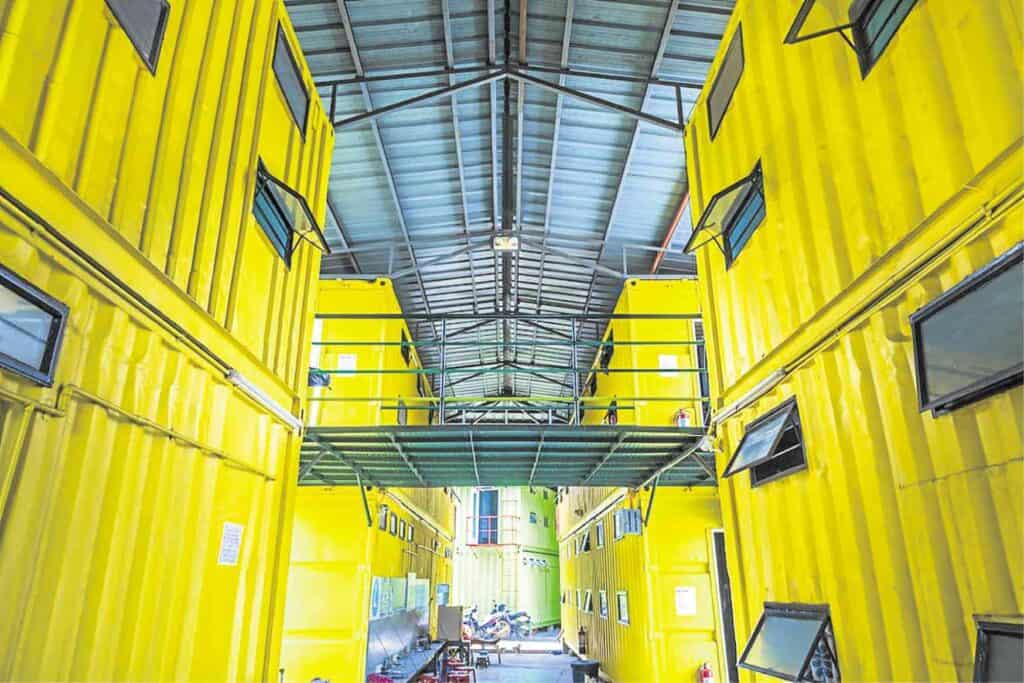
A residence that cares for the environment and you
Are you strapped for cash but in need of a safe place to stay in the city? For the student who wants housing to be the least of his worries, Citihub is a great alternative residence to consider. For as low as P1,900 per month, you can already avail yourself of a bed, water and electricity in a fan-cooled room. Upgrade to an airconditioned sleeping area for P2,500 per month, and you can already use wifi in the area for free.
Besides its affordable costs, Citihub also offers environment-friendly amenities and an inclusive employment program. The sleeping areas are housed in recycled shipping containers with numerous window openings and locker areas. The staff include persons with disabilities (PWD) who make sure that the premises are always clean and secure. Apart from the dormitory, Citihub also offers communal shower rooms, charging stations, washing areas, affordable meals and free drinking water.
A social enterprise established in 2011, Citihub continues to expand with the goal of eradicating homelessness in the Philippines. Though its current facilities cannot cater to seniors or minors at present, this residence is a viable option for university students looking for mid- to long-term leasing. Its affordability and proximity to the metro make it suitable for the student who only goes home to recharge and refresh after a tiring day in school.
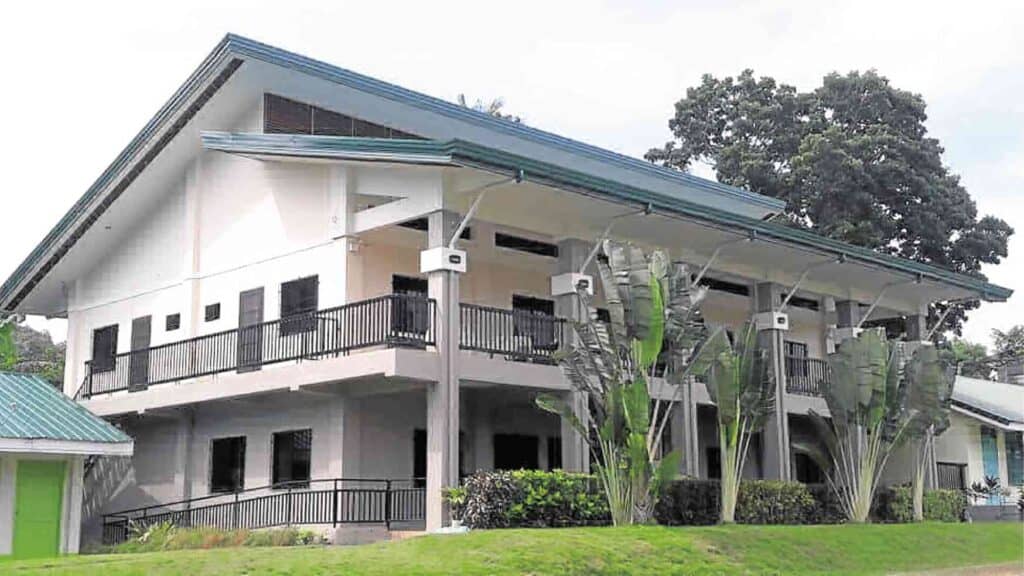
Inclusive home for PWD residents
Despite the establishment of B.P. 344 (Accessibility Law) in our country, PWDs have few options when it comes to accessible student housing. That is why the Loon Special Education (SPED) dormitory in Loon, Bohol is an example that is worth replicating across the country.
Primarily catering to deaf students, the residence was built with barrier-free design in mind. Built in the wake of the 7.2 magnitude earthquake that struck Bohol, the dormitory is actually a replacement of the original structure housing deaf students of the Loon SPED program. The new dormitory takes into account the catastrophe that gave birth to it with a well-designed emergency alarm system and earthquake-resistant foundation. Strobe light fire alarms, flashing light signals and visual signs alert the deaf and the mute during emergencies.
In addition, the residence incorporates wheelchair-friendly spaces. Ramps are scattered across the premises. Toilets have hand rails and sufficient space to accommodate wheelchairs. Doors are wide enough to fit mobile users and corridors allow them to move about freely.
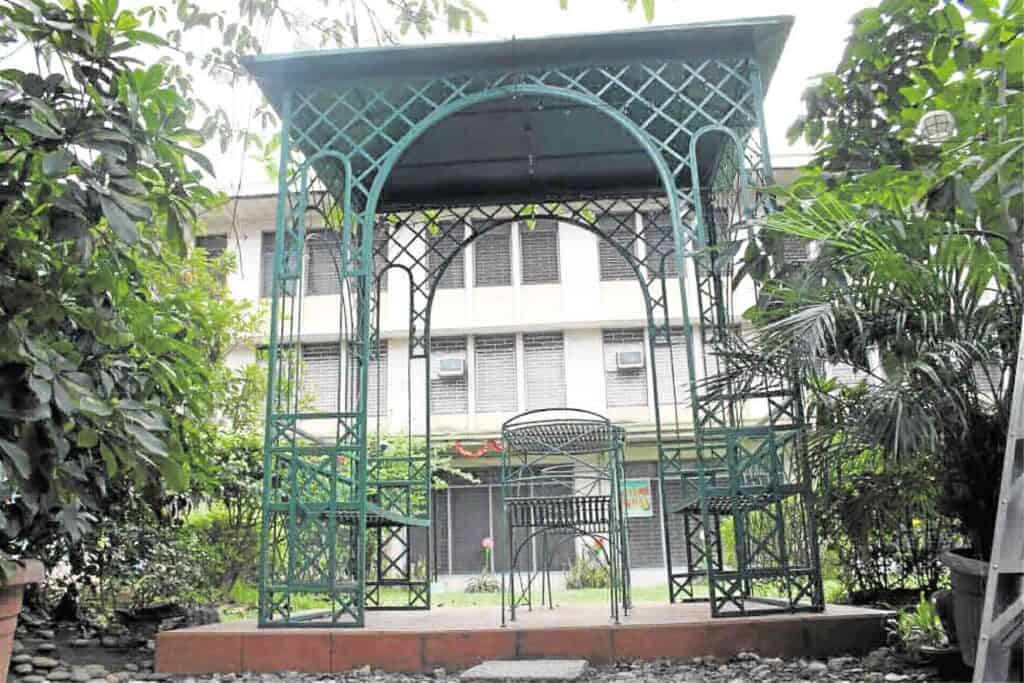
The dormitory is designed to cater to a maximum of 100 students. It features typical residential facilities that can be used by all students regardless of their physical abilities. A joint project of the Christian Blind Mission (CBM), R.C. Trust, and Idea Philippines Inc., the LOON SPED dormitory is a commendable example of a residence that does not exclude anyone.
These examples of student housing suggest that there is more than beauty and comfort to be considered when choosing one’s second home. In pursuit of education, a dormitory should be conducive not only to a person’s studies but also to his community relations.
With the right kind of housing, we can develop more than a student’s knowledge in his chosen profession. We can also foster individuals who care for his neighbors, environment and his society—people that our country needs to prosper in the future.
#realestateblogph | #realestateblogphsundayfeature | #REBPH
Article and Photo originally posted by Inquirer last June 1, 2019 2:00m and written by Arch. Vittoria Lou Mawis.







More Stories
Weekend wanderer: This walk in Manila is a trip to art and to our past
Enjoy no-frills camping in the great outdoors in Tanay
Landco Pacific raises the bar for premium resort and leisure living